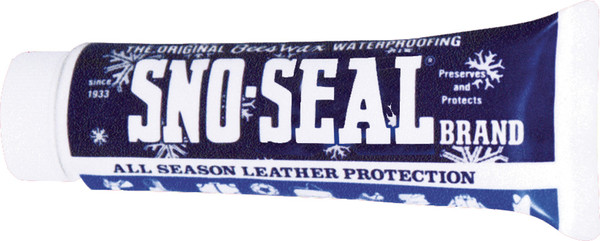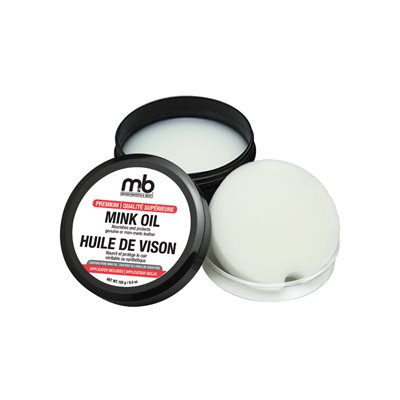The use of PFAs, aka forever chemicals, is being prohibited by organizations around the world. Many states have already enacted the ban from U.S. federal and state agencies. This has disrupted industries heavily reliant on PFAs, a prominent one being the textile, specifically the protective clothing industry.
PFAs used in the textile sector account for about 50% of global PFA use. This ban has created a chain reaction, compelling textile companies to seek viable alternatives.
We thoroughly analyzed the patent data and research in this sector and identified a range of suitable PFA alternatives in textiles and the companies and startups working on them. These alternatives fulfill the required functions of PFAs without any detrimental effects.
Interested to know about 7 Sustainable Textiles Trends in 2024? Fill out the form to get access to the report:
Let’s know more about them.
1. Silicon Dioxide Nanoparticles
Nano-sized amorphous silica can form nano air pockets within textile fibers, providing water repellency. They have been known to provide anti-bacterial and anti-wrinkle properties and are an extremely viable PFAs alternative in textiles. No wonder organizations have already started working on it.
Nanoman, a company specializing in surface coating, has developed a long chain of silicon dioxide nanoparticles for coating use. This coating provides an impermeable barrier to liquids along with anti-stick properties. Nanoman’s Fabric and Textile coating was utilized in the United Arab Emirates airport lounge in Mumbai, India, to protect the décor and durability of the textile accessories.

Meanwhile, Jiangsu Tangwear Industrial Co Ltd, Donghua University, holds a patent on introducing silicon dioxide nano-hydrosol in the textile as a finishing agent providing a liquid-repellent surface.
2. Dendrimers
Dendrimers are nano-scaled artificial macromolecules with water-repellent, anti-microbial, and self-cleaning properties. They perform the lotus effect, which minimizes the water droplet adhesion on the surface, providing repellency towards water, dust, and soil.
In light of their properties, dendrimers have a good potential to be a replacement for PFAs. As a result, companies are considering it as a viable alternative.
OrganoClick, a Swedish company founded in 2016, launched its brand OrganoTex based on patented green technology called OrganoClick®-technology. OrganoTex derives its functional principle from the lotus effect by building 3D networks of water-repellant molecules around the textile fibers.

The company has recently partnered with Bever, a prominent Dutch outdoor retailer, to launch a new textile and shoe care product line. In another development, Snickers Workwear and OrganoClick publicized their international partnership in late 2022 to launch a wash-in-textile water-proofing technology for workwear.
Similarly, Rudolf Group launched Bionic-Finish Eco fluorine-free water repellent in 2021. It is a PFA-free formulation based on patented dendrimer technology. It provides durability and water repellency even at low-concentration applications and can be used on sportswear and casual clothing.
3. Silanes
Many silanes are used to treat fabrics for water resistance. Sometimes, a combination of silanes forms a long chain on the textile, which may impart a water-repellent effect. Furthermore, they can improve the surface roughness of cotton fibers and enhance the fabric’s hydrophobicity.
HeiQ, a company founded in 2005, develops coatings that impart properties like water, odor, and oil repellency while being fluorocarbon free. Its Eco Dry textile technology provides eco-friendly water repellency, and recently it launched an upgraded bio version as well.
4. Modified Hydrophobic Polyester
These types of polyesters are treated with certain chemical compounds to enhance the water-repellant properties of polyester while keeping the other properties intact.
There is not a lot of innovation on this technology, but a company named Shaw Floors has launched an R2X stain-resistant technology to protect rugs and carpets from stains and soil. R2X is chemically bonded with the carpet’s fibers and prevents the liquids spilled on the carpet from penetrating deep into it. Thus, it can be presumed that it does the PFAs job without possessing its harmful properties.
5. Fatty Acid Derivatives and Wax
Fatty acids are a chain of carbon and hydrogen and carboxylic acid group with varying degrees of saturation. Naturally occurring fatty acids like beehive waxes and mink oil can replace PFAS in the textile industry for waterproofing.
Companies are looking at it as a promising alternative.
Atsko Inc. launched Sno Seal Wax, a type of beeswax that promises to be waterproof to protect the leather from rain, sun, snow, and salt. The beeswax formula dries and remains on the leather’s surface, creating a barrier from water and snow.

Furthermore, mink oil, an invention of Moneyworth, claims to restore natural oils to preserve and moisturize the leather, keeping it soft and supple. In addition preventing drying, cracking, and premature aging.

While Dymatic Chemicals Inc., in collaboration with the South China University of Technology SCUT, has recently filed a patent application that deals with the invention of a waterproofing coating containing fluorine-free modified silicon wax. It also promises to provide good color stain during washing and a smoother feel of the textile material.
A Noteworthy Collaboration
AEI Tèxtils recently partnered with the ZeroF project, which aims to develop safe-and-sustainable-by-design (SSbD) coating alternatives to replace PFAS compounds in upholstery textiles. (Source).
What’s the best PFA Alternative for you?
Now that you have a lot more awareness about certain compounds that can potentially be viable substitutes for PFAs in textiles, the table below will provide an overview of the technology best suited to your needs.
The table compares PFAS and its substitutes regarding functional textiles on relevant parameters.
PERFORMANCE | WATER REPELLENCY | OIL REPELLENCY | STAIN REMOVAL | SELF CLEANSING |
| SILICON DIOXIDE | + | — | — | — |
| DENDRIMERS | + | — | — | + |
| SILANES | + | — | — | — |
| MODIFIED POLYESTER | + | — | + | — |
| WAX | + | — | — | — |
Despite wax treatments being the most cost-effective choice, they cannot effectively repel oil, stains, and soil. The Department of Toxic Substances Control (DTSC) has recognized dendrimers and silanes as significant alternatives because they have the ability to react with fabrics, providing repellency and self-cleaning properties. Moreover, these substitutes can also serve as surfactants (agents that help reduce surface tension processing) and processing aids, offering additional advantages in various applications.
Conclusion
There’s a growing need for safer and more sustainable textiles that align with increasing consumer demand for eco-friendly and non-toxic textile products. While the alternatives discussed, such as modified polyester, dendrimers, and silanes, offer promising solutions, there are still a lot of challenges for the textile industry to overcome before they can create a market for these solutions.
Need more information on PFAS alternatives in textiles tailored to your needs?
Authored by: Sunandita Pandit, Patent Analytics.
Edited by: Moksha Jain, Marketing.
Author’s Note: We have also found PFA alternatives in the food packaging industry, another prominent industry reliant on fluoropolymers, a PFAS sub-group.











